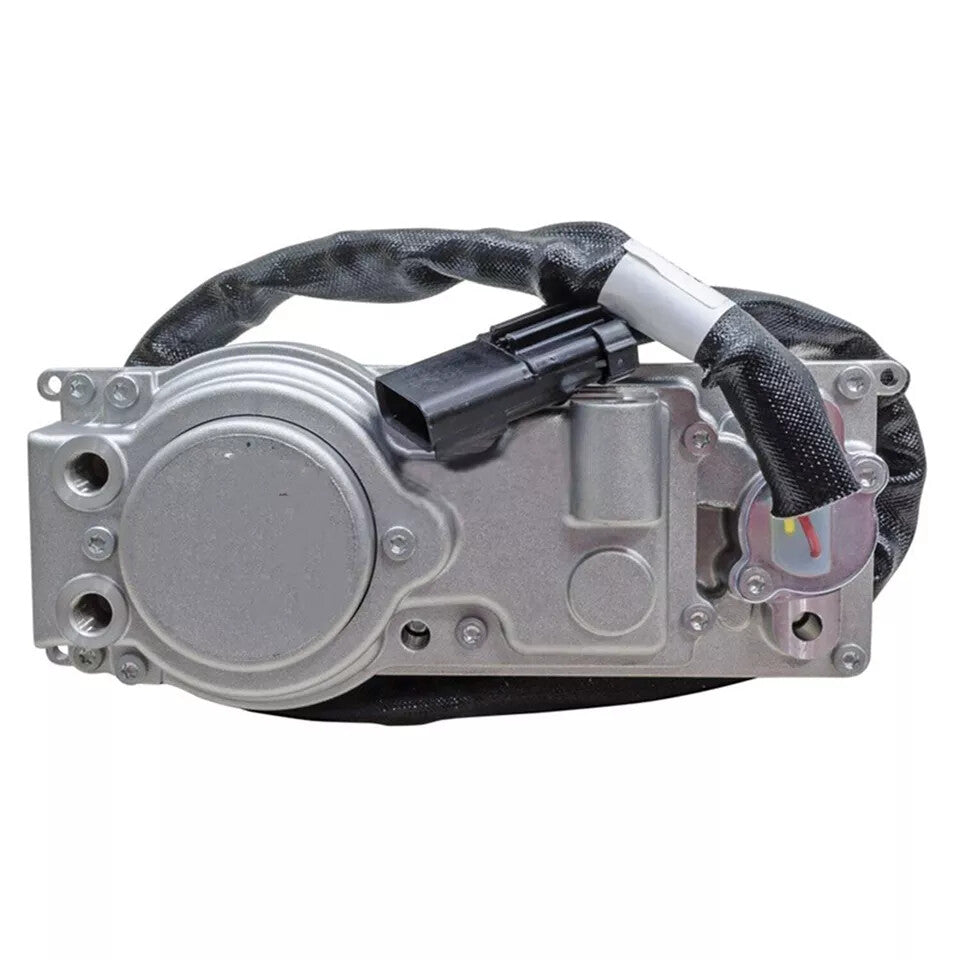3787566 | Genuine Cummins® Turbocharger Actuator Kit
3787566 | Genuine Cummins® Turbocharger Actuator Kit is backordered and will ship as soon as it is back in stock.
Couldn't load pickup availability
Need a quote?
Need a quote?
Contact us — we’ll send you a quick and accurate offer!
- help@forcetruckparts.com
- +1 (828) 233-5509
Return Within 30 Days
Return Within 30 Days
- The item can be returned within 30 days from the date of receipt.
- Not satisfied? Contact us by email or phone for return instructions or exchange
Shipping Terms
Shipping Terms
- Enjoy free shipping on orders over $100.
- Orders placed before 6:30 PM (EST) are shipped the same day.
Description:
A Turbocharger Actuator 3787566 is a control device that manages how a turbocharger operates in an engine. Its main job is to regulate the turbo’s boost pressure so the engine gets the right amount of power without overloading or damaging components.
Part Number: 3787566
Condition: New
Manufacture/Brand: Cummins
Fits 3787566
For Cummins Engine: ISL CM850, ISL9 CM2250, QSL9 CM2250, ISF3.8 CM2220, ISL9 CM2150 SN, ISL, QSK, QSL
For Mack Engine: MP8
For Volvo Engine: D13
Purpose of using 3787566:
|
1. Controls the Wastegate or Variable Vanes Depending on the type of turbo, the actuator can:
This controls how much exhaust gas enters the turbo, which directly affects boost pressure. 2. Prevents Overboost Stops the turbo from producing too much pressure, which could damage:
3. Improves Performance By regulating boost precisely, it:
4. Helps With Emissions Control Correct turbo operation keeps:
|
Signs of a Bad Turbocharger Actuator 3787566:
|
1. Warning Lights and Fault Codes
2. Incorrect DEF Level Reading
3. DEF Freezing or Not Thawing
4. DEF Quality or Concentration Errors
5. Engine Derate or Power Limitation
6. Crystallization or Contamination
|
About the Manufacturer – Cummins:
Cummins is a leading American manufacturer of diesel and natural gas engines, as well as power generation systems and emissions solutions. Founded in 1919 and headquartered in Columbus, Indiana, Cummins is known globally for its durable, high-performance engines used in trucks, buses, construction equipment, agriculture, and power systems.
The brand is widely respected for its innovation in clean diesel technology, including aftertreatment systems, turbochargers, and advanced electronics that help reduce emissions while maximizing engine efficiency and reliability.














